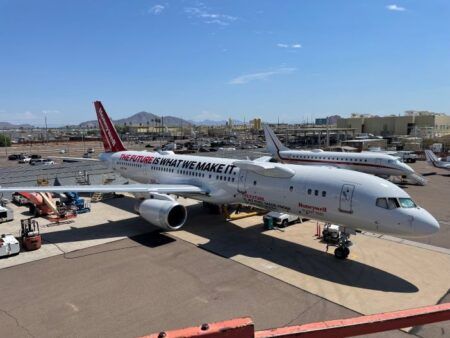Researchers at Imperial College London in the UK have used supercomputers running simulations on graphics processors originally developed for video gaming to solve a longstanding question in turbulence.
Their results, published this week in the Journal of Fluid Mechanics, means empirical models can be tested and new models can be created, leading to more optimal designs in aerospace.
Current models of turbulence often rely upon empirical relationships based on previous observations of turbulence to predict what will happen, rather than a full understanding of the underlying physics, which are highly complex.
Co-author of the study, Identifying eigenmodes of averaged small-amplitude perturbations to turbulent channel flow’, Peter Vincent, from the Department of Aeronautics at Imperial College Lond, said, “We now have a solution for an important fundamental flow problem. This means we can check empirical models of turbulence against the correct answer, to see how well they are describing what actually happens, or if they need adjusting.”
The researchers started from the problem of working out how a disturbance in a turbulent fluid flowing through a channel dissipates. For example, if water was suddenly released from a dam into a river and then shut off, what affect would that pulse of dam water have on the flow of the river?
To determine the overall average behaviour of the fluid response, the team needed to simulate the myriad smaller responses within the fluid. They used supercomputers to run thousands of turbulent flow simulations, each requiring billions of calculations to complete.
Using these simulations, they were able to determine the exact parameters that describe how the disturbance dissipates in the flow and determined various requirements that empirical turbulence models must satisfy.
Co-author of the study, Professor Sergei Chernyshenko, from the Department of Aeronautics at Imperial, said, “From my first days studying fluid mechanics I had some fundamental questions that I wanted to know the answers to. This was one of them, and now after 40 years I have the answer.”





